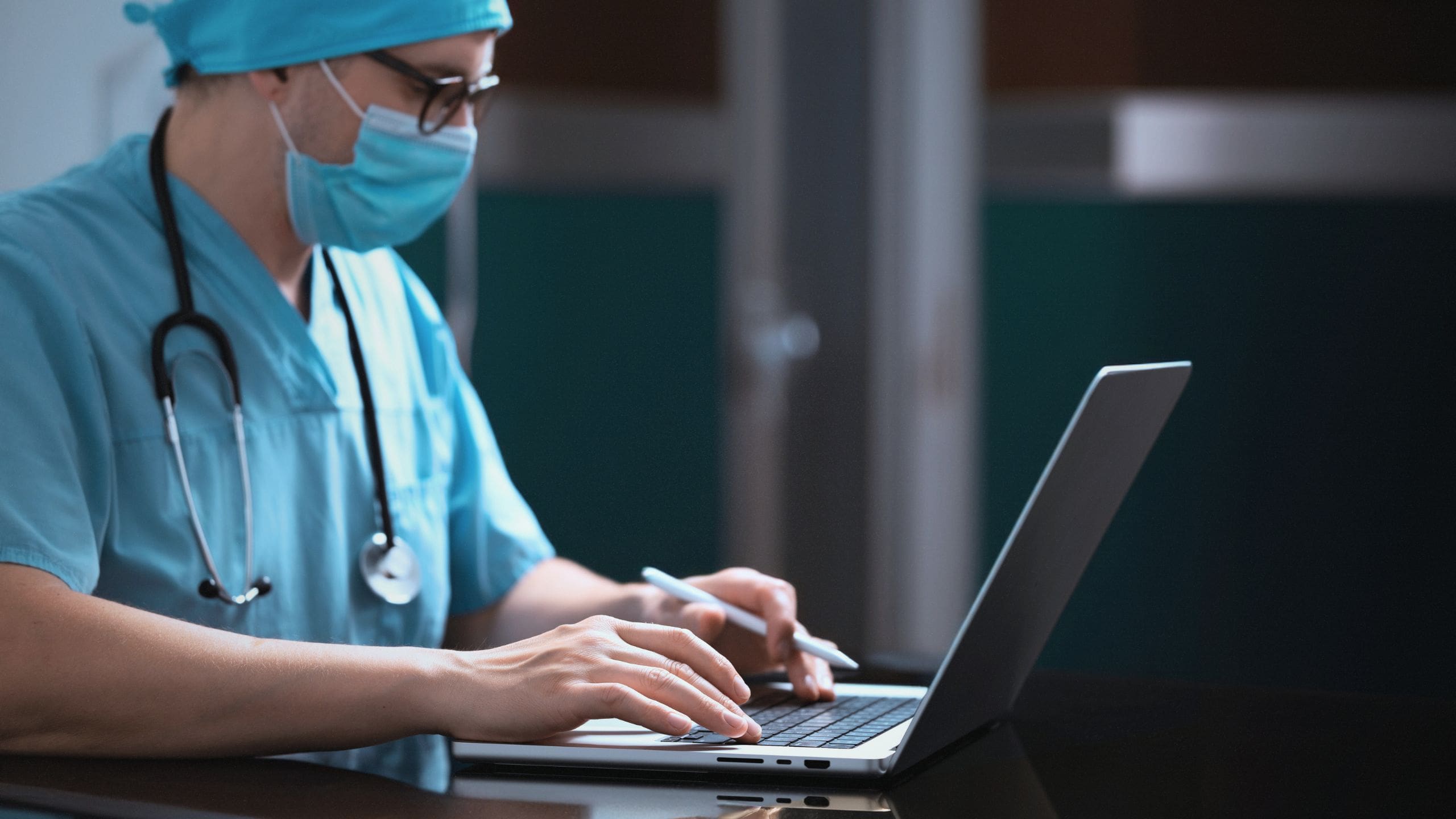The legal profession stands at an inflection point. Artificial intelligence isn’t just knocking at our courthouse doors—it’s already inside, fundamentally altering how we identify, pursue, and litigate cases. For personal injury attorneys, this transformation presents both unprecedented opportunities and complex challenges, particularly in the realm of visual evidence presentation.
Consider this scenario: Your client suffered severe third-degree burns covering 40% of their body in an industrial accident. Traditional photographs capture the immediate aftermath, but they fail to convey the progressive nature of the injury, the surgical interventions required, or the long-term scarring that will define your client’s life. Enter AI-generated visual evidence—technology capable of creating scientifically accurate, compelling visual narratives that can transform jury understanding and, ultimately, case outcomes.
How is AI Revolutionizing Visual Evidence Presentation?
Modern artificial intelligence systems process massive datasets—medical records, accident scene measurements, expert analyses, and photographic evidence—to create comprehensive visual reconstructions that tell complete injury stories with unprecedented clarity.
Key applications transforming personal injury practice:
- Temporal Injury Progression: AI algorithms can map injury development from initial trauma through healing phases, creating visual timelines that demonstrate long-term quality of life impacts.
- Comparative Life Projections: AI can generate side-by-side visualizations showing projected life trajectories with and without injuries, making abstract future damages tangible for juries.
- Interactive Trial Demonstrations: Real-time 3D model manipulation allows attorneys to respond dynamically to opposing arguments during courtroom presentations.
The results are compelling. When twelve jurors can visualize spinal compression forces or witness progressive tissue necrosis in detail, verdicts reflect the genuine scope of our clients’ suffering rather than abstract medical concepts.
What Legal Standards Govern AI Evidence Admissibility?
The legal landscape for AI evidence is rapidly evolving. In June of 2025, the U.S. Judicial Conference’s Advisory Committee on Evidence Rules approved an amendment to the Federal Rules of Evidence with Rule 707. Tailore specifically to AI, this rule will subject all AI and machine-generated evidence to the same standards as expert witness testimony under current regulations. While the Committee made it clear that the rule is not a blanket endorsement of AI-generated evidence, it’s another sign of machine learning’s rising prominence in the courtroom.
Current evidentiary framework requirements:
- Rule 702 Reliability Standards: Rule 707 extends the standards of 702 specifically to AI. That means AI-generated exhibits will need to meet the same scientific validity requirements as expert testimony, which demands demonstration of proper methodology and reliable application.
- Authentication Under Rule 901: Parties will likely have to establish that AI evidence accurately represents claimed facts, thus distinguishing between scientific reconstruction and speculative interpretation.
- Transparency Obligations: Some courts may begin to demand more disclosure when AI is involved, requiring detailed explanations of algorithms, data sources, and processing methods.
- Chain of Custody Documentation: As with all evidence, data integrity from initial collection through AI processing should be meticulously maintained and defensible under scrutiny.
Going forward, progressive courts will likely continue to accept well-documented AI evidence when supported by qualified expert testimony. Last July, the American Bar Association Standing Committee on Ethics and Professional Responsibility released its first formal opinion on the use of generative AI, noting that lawyers using the tool must consider their ethical obligations to clients and the tribunal alike. By establishing the first set of professional responsibility guidelines that attorneys must follow when using generative AI, the ABA indicated a clear trajectory for increased use of AI in the courtroom going forward
What Risks Must We Navigate with AI Evidence?
Responsible AI deployment requires acknowledging significant challenges alongside transformative benefits. As attorneys, our ethical obligations demand ensuring technology serves justice rather than manipulates outcomes.
Primary concerns requiring careful management:
- Deepfake Vulnerabilities: Deepfakes may be used to alter or destroy evidence intentionally, leading to allegations of spoliation and complicating the fact-finding process.
- Algorithmic Bias: AI systems can perpetuate biases present in training data, potentially skewing representations in ways that unfairly influence case outcomes.
- Professional Competence Standards: A lawyer who uses AI in preparing legal pleadings, arguments, or evidence remains responsible for ensuring the validity of those submissions.
However, proper safeguards effectively mitigate these risks, such as:
- Mandatory disclosure of AI methodologies and source data to opposing counsel.
- Independent expert validation of AI-generated evidence before trial presentation.
- No courtroom use of AI content without verification.
- Clear jury instructions distinguishing between AI reconstructions and recorded evidence.
The disciplined approach means litigators can embrace AI’s potential while maintaining rigorous standards for veracity and admissibility.
Why Must Personal Injury Attorneys Master AI Technology
The integration of AI in personal injury litigation isn’t optional; it’s inevitable. Attorneys who fail to understand and properly utilize these tools risk disadvantaging clients in increasingly competitive litigation environments where opposing counsel possesses superior presentation capabilities.
Strategic advantages of disciplined AI adoption:
- Enhanced Settlement Negotiations: Compelling visual evidence drives higher settlement offers as defendants recognize potential jury impact from powerful presentations.
- Strengthened Expert Testimony: AI visualizations help medical experts communicate complex concepts effectively, reinforcing damages claim foundations.
- Comprehensive Case Analysis: A March 2025 study from the universities of Minnesota and Michigan law schools shows that AI tools significantly enhanced legal work quality and productivity.
- Cost-Effective Preparation: While requiring initial investment, AI implementation reduces overall litigation costs by streamlining preparation and improving success rates.
The firms positioning themselves at this technological forefront will increasingly dominate personal injury outcomes. Why? Because these firms are prepared to maximize client results through every available advantage, without sacrificing expertise or ethical high ground.
What Does the Future Hold for AI in Personal Injury Law?
The development of clear standards and regulations to ensure the reliability, fairness, and transparency of AI-generated evidence will continue shaping how we practice. As we speak, courts are establishing frameworks that balance innovation with fundamental due process protections.
The attorneys who will thrive will approach AI with both professional skepticism and strategic vision, understanding that compelling visuals must be grounded in solid evidence and that technological sophistication cannot substitute for legal fundamentals.
The Professional Standard: Disciplined Innovation
Artificial intelligence represents perhaps the most significant advancement in legal advocacy since modern forensic science emerged. However, successful implementation requires more than technical expertise—it demands principled judgment distinguishing between revolutionary tools and mere technological spectacle.
The future belongs to attorneys who embrace AI’s transformative potential while maintaining unwavering commitment to ethical practice and client advocacy. We must leverage every available advantage while preserving the integrity that defines our profession.
Your catastrophic injury case deserves representation that combines cutting-edge technology with proven trial experience and uncompromising ethical standards. If you’ve suffered life-altering injuries and want attorneys who leverage every available advantage while maintaining the highest professional practice standards, contact McCune Law Group today. Let us demonstrate how advanced litigation techniques can maximize your recovery and ensure your story receives the powerful, precise presentation it deserves.
This post was guest authored by Cory Weck, leader of McCune Law Group’s personal injury practice group and 2023’s “Jennifer Brooks” Lawyer of the Year for San Bernardino County. Prior to his civilian practice, Cory served as a United States Marine Corps Officer, where he was selected as Top Young Lawyer of the Year for the United States Marine Corps by the American Bar Association. Recently peer nominated to California’s Super Lawyers list for the 16th year running, Cory is always focused on how he can improve outcomes for his clients while advancing expertise in his field.

